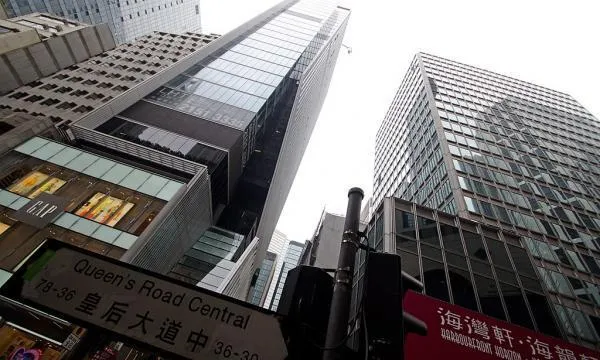
Hong Kong's iconic Queen's Road Central sees record high retail vacancy rate
There are now 14 vacant shops on the street, and tenants are shifting from luxury to mass brands.
Hong Kong’s retail market continued to struggle in a difficult season, as the number of infection cases has spiked since mid-July. Knight Frank notes that according to the latest official statistics, retail sales values dropped by 24.8% YoY in June to HK$26.5 billion, a smaller decline compared to that in the previous four months. The value of restaurant receipts dropped by 25.9% YoY to HK$21.2 billion in Q2, following a 31.3% YoY decline in Q1.
With the retail sector facing a turbulent time since the middle of last year, Queen’s Road Central, one of the prime shopping streets in the city, has witnessed an all-time high vacancy rate. It used to be dominated by luxury shops and flagship stores of first-tier international brands. But with shops closing one after another, including GAP, Adidas, TOPSHOP and Esprit, in the past couple of months due to the tough retail environment, our research shows 14 vacant shops on the street, an unprecedented situation in this prestigious area.
With more luxury brands shutting down stores, Queen’s Road Central has witnessed a reshuffling of the tenant mix, shifting towards more mass and affordable brands. For instance, Japanese discount retailer Don Don Donki rented a space of 17,800 sq ft at 100 Queen’s Road Central for its fifth outlet in the city. Affordable French sporting goods retailer Decathlon rented the 9,300 sq-ft shop previously taken by MCM on the ground floor and basement of 30 Queen’s Road Central. Based on market news, the rent is reported to be at least 50% less than that paid by MCM, falling back to the level during the SARS period in 2003–2004.
Given the third wave of COVID-19 infections, the F&B sector will continue to suffer the hardest hit, and restaurant receipts are expected to further contract in Q3. In our view, as consumption sentiment remains weak, the retail market is unlikely to hop on the trajectory of recovery for the rest of 2020, and the overall vacancy rate is expected to climb to above 11% by the end of 2020, which would be higher than the 10.8% rate during the SARS period. Therefore, we may see more cases of substantial rent cuts later this year.



















 Advertise
Advertise




